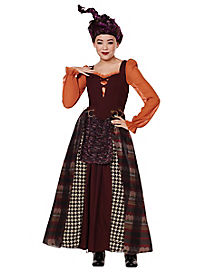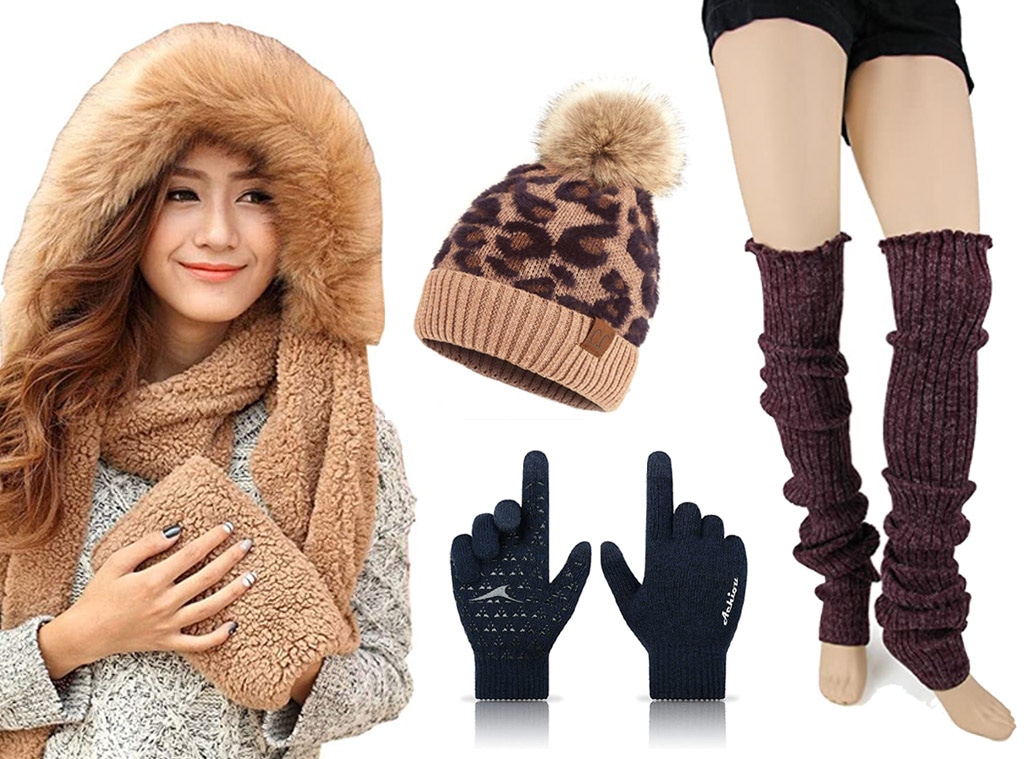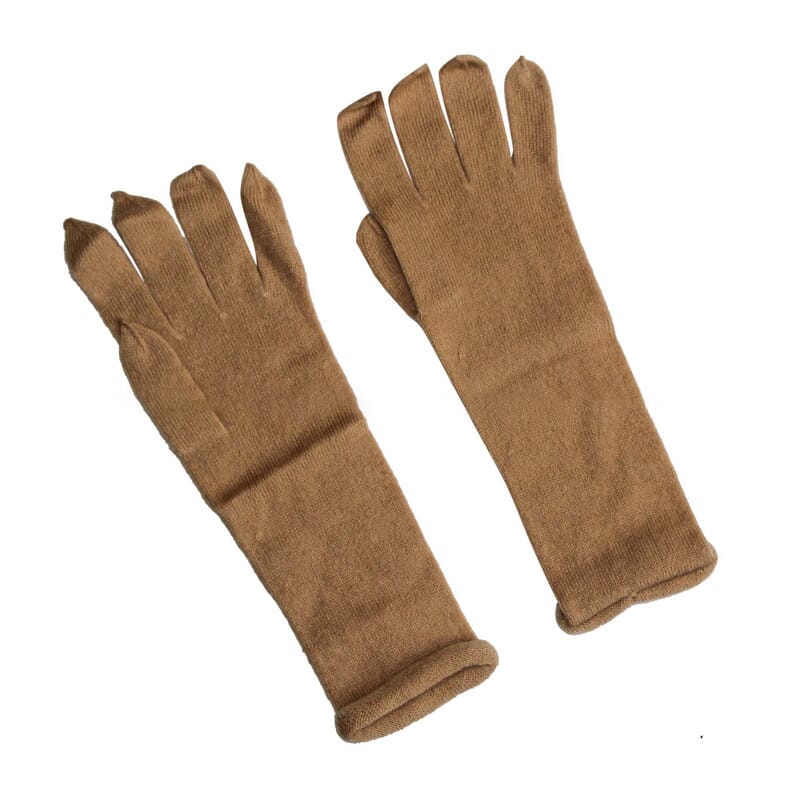
In recent years, we have seen many changes in the industry. We now see machine learning and AI in customer service. Technology has advanced. Similarly, virtual reality technology has revolutionised the way many hospitality companies advertise their products and services. Global events have a significant impact on trends in the hospitality sector. Companies had to be more concerned about safety and health after the COVID-19 Pandemic. Other global events such as climate change and sustainability have prompted companies to think more locally about the needs of their local market.
Sustainability
The hospitality industry is witnessing a number of sustainability trends. For example, hotels are focusing on reducing food waste and water consumption. Some hotels have put in electric vehicle charging station, installed efficient HVAC systems and even green roofs that include solar panels. Others are upgrading lighting systems and switching to LED light bulbs. Restaurants have also begun installing air cooled ice machines.
Local cuisine is also being offered by many hotels. Many hotels are now offering vegetarian and vegan options. Other innovative concepts include Airbnb and farmhouse accommodation, which give guests a more authentic experience. Travel agents also offer services that allow guests to plan local activities and enjoy local cuisine. While the hospitality industry used to be dominated by fast-food restaurants, sugary beverages and other unhealthy foods, there has been a cultural shift that has seen many companies offer healthier dishes.

IoT technology
IoT is a great way for hoteliers to keep track of inventory and manage their assets in real time. This technology can be used to personalize guest experiences. For example, staff can find equipment quicker and reduce wait times by using connected asset trackers. Smart equipment also tracks inventory and can alert staff when items are missing from guests' rooms.
Hoteliers can now offer better guest experiences, lower energy consumption, and improve guest satisfaction with the use of IoT. These technologies can also help hoteliers reduce operating costs and create new revenue streams. Though the hospitality industry is still lagging behind in the adoption of new technologies, this is a growing trend.
Keyless entry
While it may be convenient for guests, keyless entry technology in hotels can also be costly. These systems can be costly and hotels may not want to install them. Starwood Hotels & Resorts or Hilton Worldwide may have to upgrade the hotel. However, both Starwood Hotels & Resorts (or an independent owner) have said they will pay a portion to install keyless entry. Both companies expect to be able to offer this technology to guests by next year.
Keyless entry not only ensures guest satisfaction, but can also facilitate direct bookings as well as re-bookings. To encourage direct bookings, many hotel brands are looking into this technology.

IoT enabled rooms
IoT enabled rooms in the hospitality sector offer many advantages, including automated front desk management and smarter room services. The Internet of Things allows hoteliers to track their guests' movements and even clean their carts. This information helps hotel managers manage their inventory better. IoT enabled rooms also enable hotel guests to tailor their room preferences. Virtual assistants can also be used to help guests adjust their rooms' temperature or wake them up when they are asleep.
IoT-enabled rooms at hotels can enhance guest satisfaction by making their stay as easy as possible. Guests can select their preferences from a central app, and the room will activate them. In addition, smart devices in the room can detect occupancy and movement, and turn off certain appliances automatically when a guest leaves.
FAQ
Are mobile devices influencing fashion?
We all know that mobile phones are becoming more powerful and versatile every year. They can record videos, take pictures and play music. It's no surprise that mobile phones have been used to check outfits.
You can use them to check the fit of a gown before you purchase it. Some people also use them for taking photos in front of mirrors.
If you are thinking of buying a new outfit for the next season, make sure to take a photo with your smartphone!
Do virtual experiences still have a future after the pandemics?
The world we live in today is already more connected than at any other time in history. We communicate more quickly, share information and collaborate across borders.
The way we interact and the environment around us will change as technology advances.
Virtual reality (VR), is the next frontier of this evolution. Virtual worlds have the potential to change how we learn, do business, and play.
VR can be a very exciting option for consumers. However, it is also a potential tool to exploit vulnerable people.
Experts warn VR headsets are a potential tool for cybercriminals in order to seduce unsuspecting victims into phishing schemes and scams.
This means you should review the terms of service and privacy policies of any headset manufacturer before buying.
It is also important to make sure you choose a reliable company.
Read reviews online and ask family and friends to tell you what they think. If someone is trying to sell you a product, chances are they'll say it's great. It is important to search for independent websites which provide detailed reviews.
Many companies now include terms-of-service and privacy policies on their packaging. It is easy to locate and review them.
You can contact the retailer directly if you are not satisfied with your purchase.
What are consumer trends?
Because consumer trends affect our lives, they are even more important. They also influence the future of commerce.
The world we live in today is evolving faster than ever. We are living in an era where technology is advancing at an exponential rate. Our lives are becoming increasingly connected and mobile. We are experiencing unprecedented levels and changes.
This means adapting quickly is what will make you successful in the long-run. Staying ahead of the curve is what will make you successful.
Consumers now have choices that were unimaginable just a few short years ago. This creates enormous opportunities for businesses as well. But it also brings challenges.
Online shopping and eCommerce are growing because of the huge demand for convenience. Consumers desire choices and options. They expect to find the right product at the right time.
They want to buy products or services that make sense to their needs. They want to be in a position to easily compare prices, read customer reviews, and share information.
These changes are fast and you can easily fall behind. So you must keep abreast of the latest developments and adopt strategies that help you to remain competitive.
Innovation and customer experience are two of the key areas that will help you succeed in this competitive environment. These are key factors to staying ahead in the marketplace.
It's not enough to offer great service or sell high-quality products. You have to be innovative and create new experiences. And you must deliver exceptional customer service.
You may have heard the expression "customer obsession". This refers to the belief that you will surpass your customers' expectations if it is true love for them.
Customers don't expect you to give them anything less than excellent service. This is where the problem lies. Many businesses don’t see this. Instead, they assume that they should treat customers like any other client.
They market their products by focusing on the price and features of their products.
But customers don't buy products or services anymore. They're choosing between many alternatives.
So instead of trying to compete on price alone, you need to think about creating unique value propositions. You will be different from your competitors if you can do this.
This is not about creating something better. It's about providing something completely different.
So how can you do this? Innovate!
By being creative!
By thinking out-of-the-box!
And most importantly, by providing top-quality customer service.
How will the Fashion Industry change by 2022?
In 2022, we expect the fashion industry to continue its growth trajectory. We've seen that the pace of change is increasing, as we have witnessed recently.
Technology is changing everything, from the way we communicate to how our travel and how we purchase products to how content is consumed.
And it's only getting faster. We predict that artificial intelligence will power nearly every aspect of human life by 2022.
Personal assistants like Siri and Alexa to self-driving vehicles and smart homes. AI will change all industries, including fashion. It will enable designers and consumers to design beautiful clothes through 3D printing.
What are Gen Z's interests in 2022
The future belongs to those who prepare for it. Understanding where we are heading and how we may get there is key. This requires that we look back more often and identify the trends that are shaping our world today.
It means also looking forward, thinking beyond tomorrow and anticipating the emerging technologies, innovations, and changes that will affect our lives and work.
Because of this, we are here for each other to learn, share information, and help solve each others' problems. Because the future depends upon us. We have to make sure it's bright.
We need to be able to see the past and predict the future in order to do this. We need data to do this. We need lots of it. Data that shows how young people feel about the future and what they care about now.
Data that shows their motivations and what frustrates. Data that helps us see what is important to them.
What fashion trends are you anticipating for 2023?
The future is unpredictable. There are two main trends in fashion that we can anticipate to continue. Athleisure is another trend. Athleisure has already been embraced by yoga pants, sweatpants and shorts as well as tanks, sweatshirts, sweatshirts, and tanks.
But it's not just clothing brands that are adopting more casual styles. They are even being worn by athletes. Athleisure clothing is also becoming more popular among athletes, such as Serena Williams, who wore one while she was playing Naomi Osaka in tennis.
Personalized products will be a growing trend. Nike and other brands have begun to make shoes that are custom-made for each customer.
As technology advances, we'll likely see more developments in wearable tech. We may also see a shift in the way we shop. With self-service kiosks becoming more common, mobile apps could become popular that allow us to customize our outfits.
What role does Instagram play in the fashion industry?
Instagram is one of the most popular platforms for brands and influencers to connect. This is not surprising, since it gives them access a huge audience.
It's about more than just reaching an audience. Influencer marketing is all about engagement. It's about creating connections with your followers. It takes time.
It's all about consistency and reliability. It's about posting high quality content on a regular basis. Answering questions and comments.
It's great for connecting with your fans on Instagram. It doesn't work well when it comes to selling products. These are the other social media channels that can be used.
Statistics
- 56% of respondents stated they held off on traveling for major entertainment events last year, but have plans to return to these events this year.1 (americanexpress.com)
- Just 5% of consumers expect to wait until December to begin shopping, while more than 70% said they'd start before Thanksgiving. (junglescout.com)
- Nearly 30% of consumers have started their holiday shopping, though 55% say rising inflation has altered their gifting and spending plans for 2022. (junglescout.com)
- While 19% of respondents state they didn't travel in the past two years, other families' favorite experiences included: domestic travel (19%), beach resorts (12%), road trips (11%), international travel (10%), staycations (7%), camping (6%), and more.1 (americanexpress.com)
- The percentage of shoppers likely or somewhat likely to purchase top social platforms increased across the board in the third quarter of 2022 compared to the second, with TikTok seeing the largest jump. (junglescout.com)
External Links
How To
What are examples of consumer trends?
Trends are predictable changes in consumption patterns.
Although they may seem unpredictable, they are generally predictable. There are two types, cyclical trends and secular trends.
The tendency for cyclical trends to repeat over time is that they are often repeated. We've seen three decades of economic growth which has meant that consumers spend more each year. These cycles are often short-lived. For example, the recession caused a drop in spending over the past decade.
Secular trends refer to long-term changes that last for longer periods. The internet and mobile phones are two examples. These trends are often driven in part by changing lifestyles and tastes. They do not always correlate with economic activity.
Online shopping is the most prominent trend. Consumers are increasingly turning away from traditional brick-and-mortar stores and purchasing goods online. Another important trend is eCommerce. eCommerce has seen a significant increase in sales over physical retailing in recent years.
Another important trend to watch is the growth in social media usage. Social media is ubiquitous and is used worldwide by millions. People use online platforms like Facebook, Twitter Instagram, Pinterest, Snapchat and Instagram to share information, express their opinions, and communicate with loved ones.
Wearable technology is another trend. Wearable technology such as smartwatches or fitness trackers, smart clothing or contact lenses, are all very common. Wearable tech devices are a great way to track our health and wellbeing, monitor our environment, and communicate with the outside world.